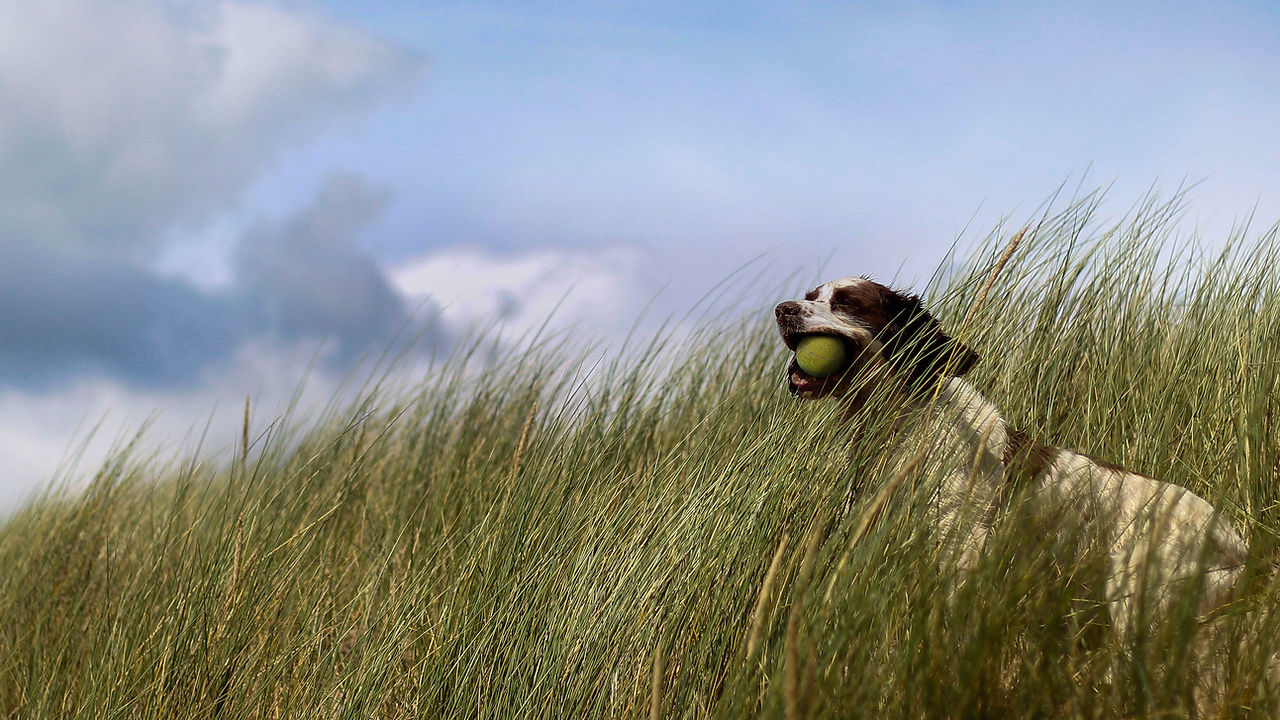The Benefits of a Proprioceptive Track for Your Dog's Balance and Coordination
- Spring Meadow Pet Care

- Oct 4, 2024
- 2 min read
Proprioception refers to your dog’s ability to sense and control the position of its body and limbs in space. It’s crucial for balance, coordination, and overall mobility. A proprioceptive track is an excellent tool to improve these skills, especially for dogs recovering from injury, surgery, or those experiencing age-related mobility issues.
Key Benefits of Proprioceptive Track Exercises:
1. Improved Balance and Stability
Proprioceptive tracks challenge a dog to navigate uneven or unstable surfaces, forcing them to make small, precise adjustments to maintain balance. This can be especially helpful for dogs recovering from joint surgeries, as it helps rebuild stabilizing muscles and improves joint awareness.
2. Enhanced Coordination
Navigating obstacles and different textures improves a dog’s motor skills and coordination. Exercises such as walking over small poles or stepping on uneven surfaces encourage better control of limb movements, helping dogs develop a more fluid and stable gait. These activities help retrain the nervous system to respond more efficiently to movement.
3. Muscle Strengthening
The small but continuous adjustments dogs make when using a proprioceptive track help strengthen muscles, especially those around joints. This helps prevent future injuries and supports dogs with arthritis or other degenerative conditions by reinforcing the surrounding muscle tissue.
4. Mental Stimulation
Proprioceptive exercises are not just physically demanding; they also engage a dog’s brain. Navigating various surfaces and obstacles requires concentration and focus, which helps reduce anxiety and increases confidence.
How to Get Started at Home ⬇️🙌🏼
You don’t need specialized equipment to start proprioceptive exercises. You can create your own track at home using everyday items like cushions, yoga mats, or rolled towels to mimic unstable or uneven surfaces. Start slow, especially if your dog is new to this kind of exercise, and always consult with your vet or physiotherapist to ensure these activities are safe for your pet’s specific needs.
References for Proprioception:
Millis, D., & Levine, D. (2013). Canine Rehabilitation and Physical Therapy. Saunders.
Zink, C., & Van Dyke, J. B. (2013). Canine Sports Medicine and Rehabilitation. Wiley Blackwell. .




Comentários